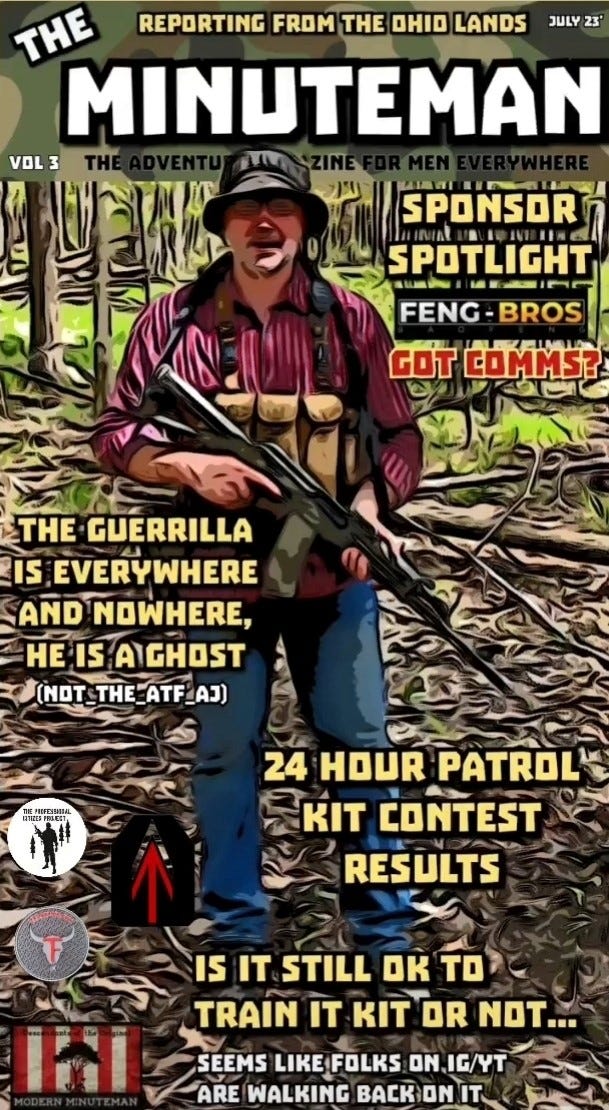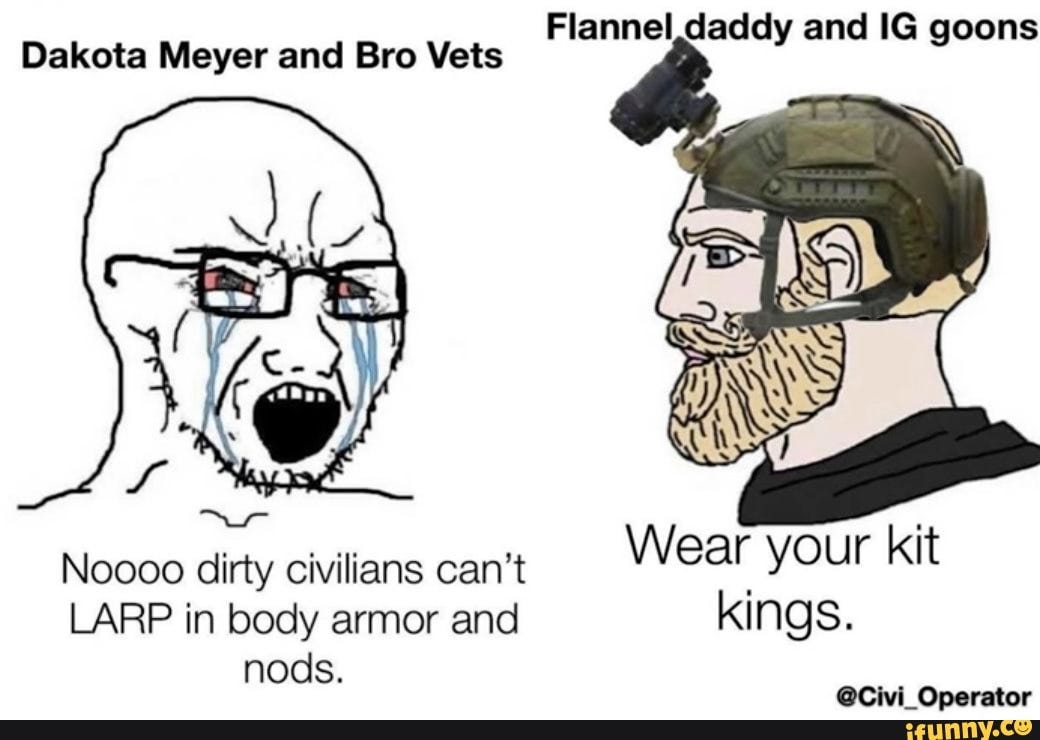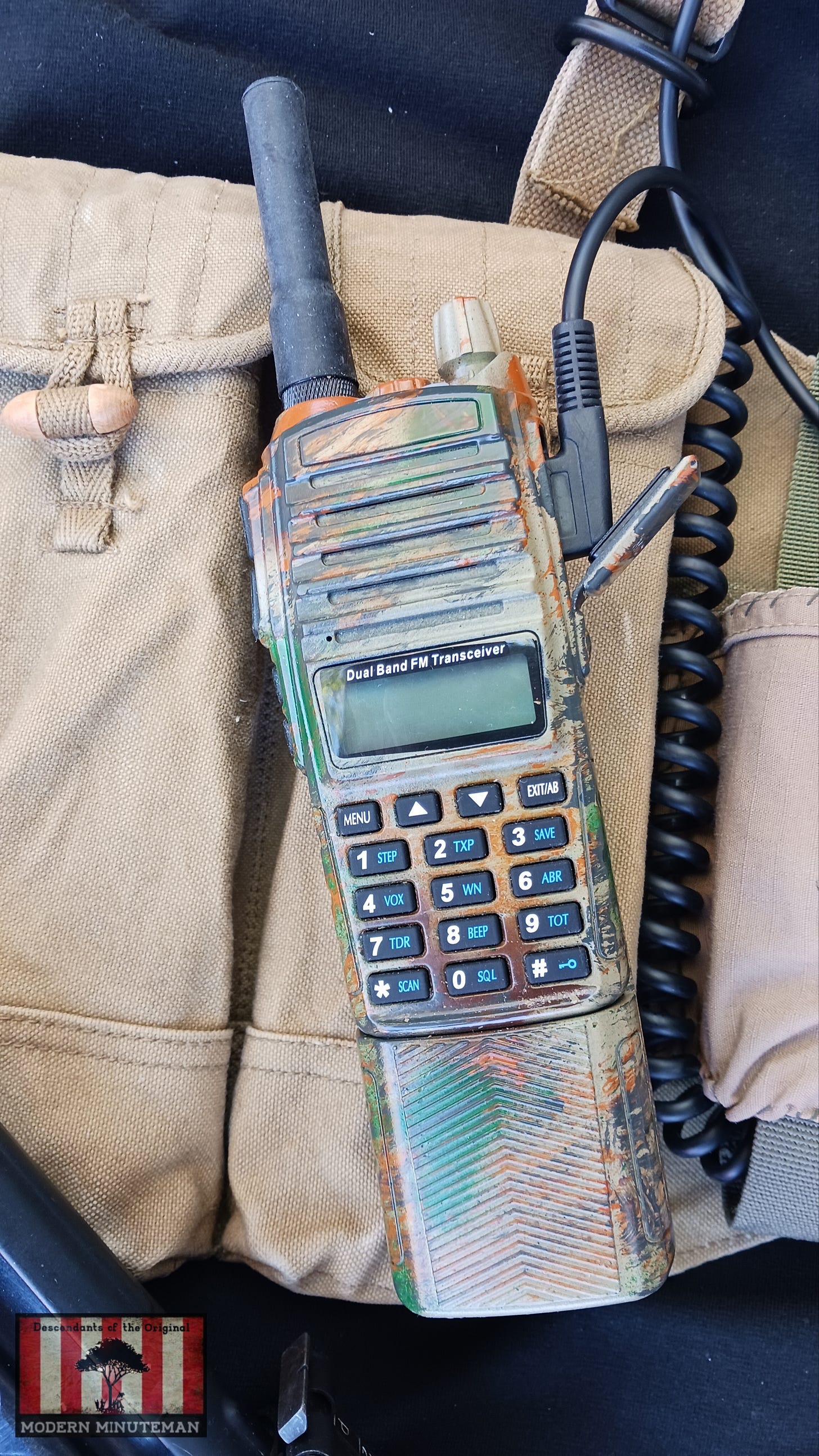THE MINUTEMAN Volume 3, July 2023
Training in Kit, the Guerrilla Fighter, and The Patrol Kit Contest Results
Thoughts on training in kit for the Modern Minuteman…
We in the “Minuteman” community hear this alot about wearing kit while training. You know the old phrase “train like you plan to fight”, well there is some credence to that BUT there is also a bit of reality when it comes to the context of your training.
Is wearing full kit while on the range fun, abso’freaking’lutely. But just how realistic is it? I’m just as guilty as the next guy of wearing full battle rattle while running range drills. Getting out in the field and running drills isn't just for the super cool guys anymore. For a long time putting on kit and doing field exercises, running range drills, and conducting patrols was frowned upon by many in the Veteran community. But that attitude is changing amongst many who are embracing the Minuteman philosophy! Guys like John Lovell of the Warrior Poet and Garand Thumb are vets that embrace the idea of civilians owning and training in kit and even encouraging them to do so. But there is more to it than just dressing up in camo and "tactical" gear, LARping is more than that...
Getting out in the field with full kit is a way to work out what works and what doesn't work. So many try to emulate what they see on IG or YT but don't have a philosophy, real world use to apply it to, or any context to help with why wearing certain kit works or doesn’t. So you have the newest chest rig and battle belt that you saw Instructor Zero sporting (yeah I went there lol) but in the context of use it doesn't work for a 24 hour property patrol scenario. How do you even find that out unless you get out into the field and try to work out some scenarios and such. How about shooting from different positions while wearing a full LBE and manipulating your gear while doing so? Only one way to truly find out, get out there and do it...
I've personally caught flak for LARPing... I know, right. Really? I mean "come on man"... If you're gonna take the Minuteman philosophy seriously then you have to be willing to put in the work. Come up with a mock scenario and play it out. Get others to take part. I videotape a lot of things concerning range drills and field exercises to gain information when reviewing on what I did wrong. To learn from making mistakes. Things like fumbling mag changes, dropped mags, loud noises, bad communication, timing delays, camouflage effectiveness, and so on and so forth. I have a couple of friends that I'll send video to for their professional critique and their feedback is invaluable.
So I guess what I'm saying is "Wear Your Kit Kings" and don't let anyone tell you that you shouldn't be LARPing. LARP away and get good at it!
Guerrilla Fighters: The Guerrilla is everywhere and nowhere, he is a ghost…
This, in proper context, is probably a pretty fair assessment of who the “Modern Minuteman” is going to be. Think French Resistance, Norwegian Resistance Movement, and the Yugoslav Resistance, amongst many others. For many it was to preserve their cultures and traditions through community work, for others it was to free prisoners, help smuggle children to safety, and to carry messages and intelligence between the different groups, while many others actively took up arms in a Guerrilla campaign to fight the enemy. There are so many scenarios that could play out and we are all going to have our own situations, circumstances, and plans in place. So what may be some things to consider when putting together plans?
In any environment, you have to know your goals, obstacles, field of play, possible allies and resources, windows for success, and potential for dynamic cause-and-effect based on the local environment and population.
Ultimately METT-TC should dictate gear and tactics. So what is METT-TC and how can you utilize it in your planning and considerations...
METT-TC: Mission, Enemy, Terrain, Troops available, Time, and Civilian considerations
Mission: Immediate local evacuation? Getting home? Bugging-In? Even a simple emergency could be a planning factor for hunkering down or immediate evacuation. While your primary mission may be to bug-home, you might have a more immediate mission of just evacuating the downtown, ground-zero crisis event. Your mission may have phases or goals to focus and prioritize actions and resources. This is where we should apply our fighting kit. Are you just trying to E&E home? Are you doing some scouting after a couple weeks following a major crisis to assess damage or identify potential resources? Are you doing a security patrol around the perimeter of your property? Are you doing a recce on a nearby disturbance to assess any threats to your and your homestead? Is it a short or long duration patrol?
Enemy: what threatens your survival?: More appropriately, what threat are you facing? Weather, civil unrest, evacuation, loss of communications, etc.? The enemy is anything that can hurt you: landscape, bugs, lack of water, exposure, severe injury, predators (four or two-legged), fire, CBRNE attacks or "spills", active shooter, or any personal limitations; don't just think of some two-legged predator as your primary enemy, there are a lot of threat vectors that can negatively impact you.
Terrain (and Weather): Urban, rural, work-location, vacation location, homestead/property, wooded, open, undulating terrain/mountainous (add in seasonal impacts). Consider travel distance, routes, obstacles, goals (water sources, shelter options), weather impacts, cover and concealment, high-speed avenues of approach, alternate travel routes, choke-points, water crossings, constricted mountain passes, population densities, etc.
Troops Available: understand the "troops": Well, more likely family or friends...are they prepared, self sustaining, any training, what's their physical fitness level or limitations? You want to assess and know everyone's capabilities, personalities, and skillsets. You may have the most advanced and tier-one combat kit, but if you're mission involves bugging home with a few toddlers and a baby in a baby carriage...your planning will change dramatically.
Time (available): I still think the "72-hour" window for most emergencies is a good starting point; either 72-hours for the best chances of rescue, or about 72-hours before a crisis turns into chaos. Still, time could be overall mission-focused, or specifically focused. How much time of daylight (is there a local, state or federal curfew in place)? How much time/distance for the next water source? How much approximate time before that pending storm hits? How much time can you sustain yourself on your own supplies?
Civilian (Public?) Considerations: I think this one is extremely appropriate outside of the military application. You need to understand your local demographics, population densities, geopolitical tendencies, identify and assess areas of potential high crime, level of law-enforcement presence, assess rules of engagement, annotate the public's responses, what intel are you gathering from your radio broadcasts, etc.? You should also assess any emergency directives be they local, state or federal.
***Courtesy of Rock6 @Bushcraft USA
24 Hour Patrol Kit Contest results…
The results are in from the 24 Hour Patrol Kit Contest and after reviewing 23 video submission with a combined 360+ minutes of film and multiple discussions amongst the judges we have a solid winner! Watch the results video here:
Sponsor Highlight:
Feng Bros custom Baofeng Radios
Baofeng radios are like a gateway drug into the world of radio communications. Why not stand out a bit amongst a sea of little black radios with some custom painted radios!
-Rhodesian Brushstroke
-Tiger stripe
-Woodland
-Flecktarn
-Mojave Tan
-OD Green
…and many, many more!
Use Discount code: MINUTEMAN15 and save 15% on your order from them.
Check them out at the link below…






